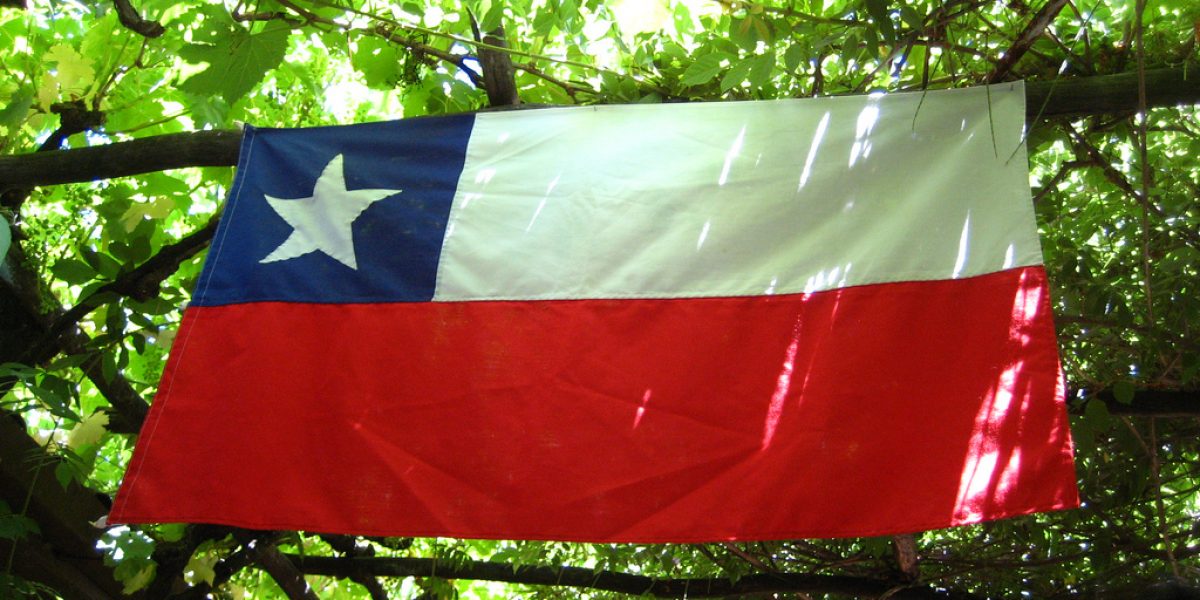It opened new avenues of multilateral co-operation between countries of varying economic and political strength, and SA can draw lessons from Chile’s engagement with international trade and foreign policy.
Apec represents 2,5-billion people with a combined gross domestic product (GDP) of about $19-trillion, or 58% of the global total, and accounts for more than 50% of world trade.
But despite its economic relevance, Apec may mean little to SA. SA is not part of it, and Apec does not represent the traditional south-south co-operation prioritised in South African foreign policy. Some might even regard Apec as an alternative to the south-south initiatives pursued by SA, Brazil, India and others.
But Apec provides something different. It is a platform for economic cooperation that facilitates and is supported by bilateral trade and investment agreements. Its relevance was demonstrated by the impressive turnout from the 21 member countries. The presidents of China, Japan, Russia, the US, South Korea and others were all in Santiago expressing their support for Apec and notably praised Chile for its exceptional economic performance.
Chile has dedicated a great deal of its resources to Apec, eliciting criticism from its Latin American neighbours for its close economic relations with its Asian partners while neglecting its own geographical region. It has also been actively involved in shaping the Apec agenda, encouraging an increase in bilateral agreements between partners, and encouraging direct business contact by hosting a joint Apec CEO summit in tandem with the heads of state meeting. More than 500 Asia-Pacific company heads attended the summit, adding commercial stimulus to the meeting.
The Apec forum was also used to discuss a possible Asia-Pacific free-trade agreement. This could be seen as an alternative to the sluggish multilateral negotiations taking place in the World Trade Organisation and the Free-Trade Agreement of the Americas, but progress could encourage Brazil, the European Union and others to move closer to compromise. If an AsiaPacific free-trade agreement is pursued, its economic weight alone will become the driving force behind the global trade and multilateral negotiations agenda.
Chile’s emphasis on Asia and Apec in particular has borne fruit. A short visit to Santiago illustrates its progress in the past 15 years. This, with its strategic plan for economic development to lure foreign direct investment and trade, separates Chile from the rest of Latin America, aligning it more with countries in the AsiaPacific grouping that have similar medium- to long-term economic strategies. Chilean foreign policy can be described as having healthy political relations with its Latin American neighbours while pursuing a strong economic agenda with Asia.
SA could learn from Chile’s approach to bilateral and multilateral engagements. Chile’s pragmatic approach towards bilateral agreements with partners carefully chosen in line with its industrial strategy, and its avoidance of extravagant free-trade agreements by opting instead for simplified preferential trade and investment agreements, has served it well.
With Mexico, it has concluded more bilateral trade agreements than any other country. Pursuing less complicated and commercially driven agreements to achieve a broader multilateral outcome with tangible benefits is not far from SA’s new and improved approach to southsouth co-operation, as seen in the IndiaBrazil-SA forum.
SA would do well to bolster bilateral relations with Chile. SA is no stranger to Chile, which has attracted huge mining investments from South African-based companies over the years. All that is needed now is the political will from SA.
Bilateral agreements, from technology and knowledge transfer to double-tax elimination, between SA and Chile are under discussion. This will no doubt provide SA with an opportunity to improve its relations with a rising star in Latin America and an active Apec player. A South African state visit to Chile soon would add political impetus to the substantial commercial relationship.








